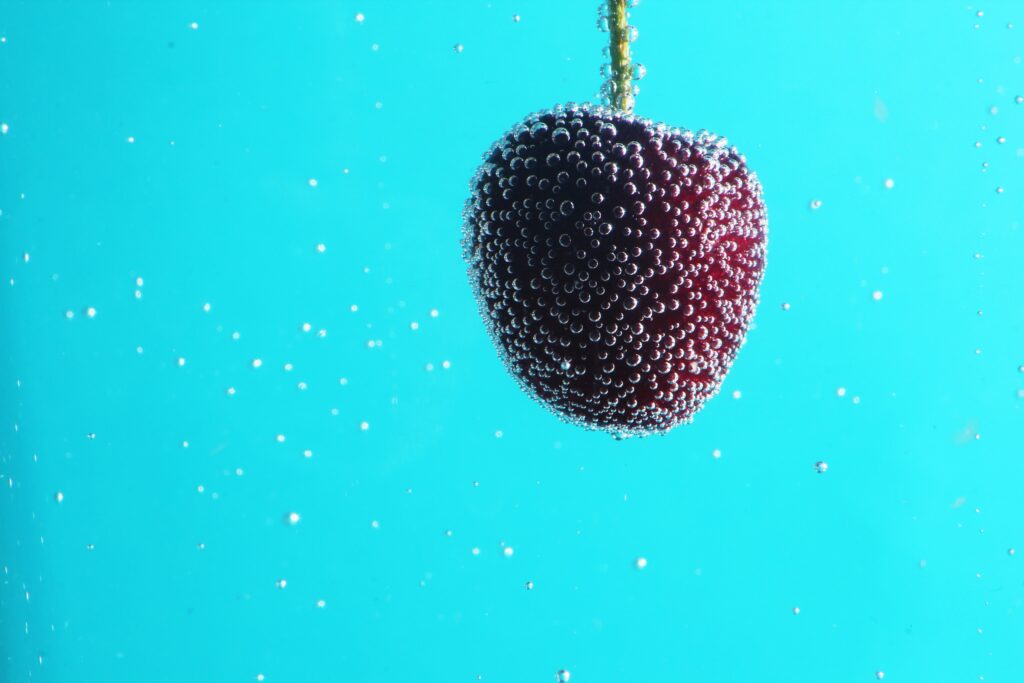
Sharp focus is crucial for capturing high-quality images, and it's an essential element of photography that can be challenging to master, especially for beginners. In this article, we'll go over some tips and techniques for getting sharp focus in your photos, as well as some common mistakes to avoid.
One of the most important factors in achieving sharp focus is using the right autofocus (AF) mode for the situation. Most cameras have multiple AF modes to choose from, such as single AF (AF-S), continuous AF (AF-C), and auto AF (AF-A). Single AF mode is best for static subjects, as it locks focus on a specific point and doesn't refocus as the subject moves. Continuous AF mode is better for moving subjects, as it continuously adjusts focus as the subject moves. Auto AF mode is a combination of the two, switching between single and continuous AF as needed.
Another important factor is the focus point. Most cameras allow you to select a specific focus point or group of points to focus on. It's generally best to choose a focus point that's on the subject or an important part of the scene, rather than the background. You can also use the focus-and-recompose technique, where you focus on the subject, then recompose the frame before taking the shot.
Aperture is another important factor in sharp focus. Aperture refers to the size of the opening in the lens that allows light to pass through to the sensor. A larger aperture (a lower f-number) creates a shallower depth of field, which means that only a small portion of the scene will be in focus. A smaller aperture (a higher f-number) creates a deeper depth of field, which means that more of the scene will be in focus. So, if you want a larger area to be in focus, such as in a landscape photograph, you'll want to use a smaller aperture. If you want a shallower depth of field, such as for a portrait with a blurred background, you'll want to use a larger aperture.
Another tip for getting sharp focus is to use a tripod or other stable support. This can help reduce camera shake and ensure that your camera is perfectly still when you take the shot. If you don't have a tripod, you can try using a wall, fence, or other solid object to rest your camera on.
Now, let's look at some common mistakes to avoid.
One mistake is using too low of a shutter speed. Shutter speed refers to the amount of time the camera's shutter is open, and it's measured in seconds or fractions of a second. A slower shutter speed means that the camera's sensor is exposed to light for a longer period of time, which can result in motion blur if the camera or subject is moving. A faster shutter speed can help freeze motion and reduce blur, but it also requires more light, so you may need to use a higher ISO or wider aperture to compensate.
Another mistake is using too high of an ISO. ISO refers to the sensitivity of the camera's sensor to light, and it's measured in numbers such as 100, 200, 400, etc. A higher ISO allows you to use a faster shutter speed or smaller aperture in low light situations, but it can also introduce noise (graininess) into the image. So, it's generally best to use the lowest ISO possible to get a clean, noise-free image.
Finally, using a lens that's not sharp can also result in blurry images. Lenses can become less sharp over time, especially if they're not well-maintained, so it's important to keep them clean and in good condition. If you're using a lens
that's not producing sharp images, consider upgrading to a higher-quality lens or having your current lens serviced.
In conclusion, getting sharp focus in your photographs is an essential element of photography, and it requires paying attention to a variety of factors such as AF mode, focus point, aperture, shutter speed, ISO, and lens quality. By following these tips and avoiding common mistakes, you can take your images to the next level and capture stunning, crystal-clear photographs. Happy shooting!